Hair loss (alopecia) is a prospect almost everybody dreads. Many people are willing to spend enormous amounts of money, and go to extreme lengths, to reverse it once it begins – or even just stop it from getting worse.
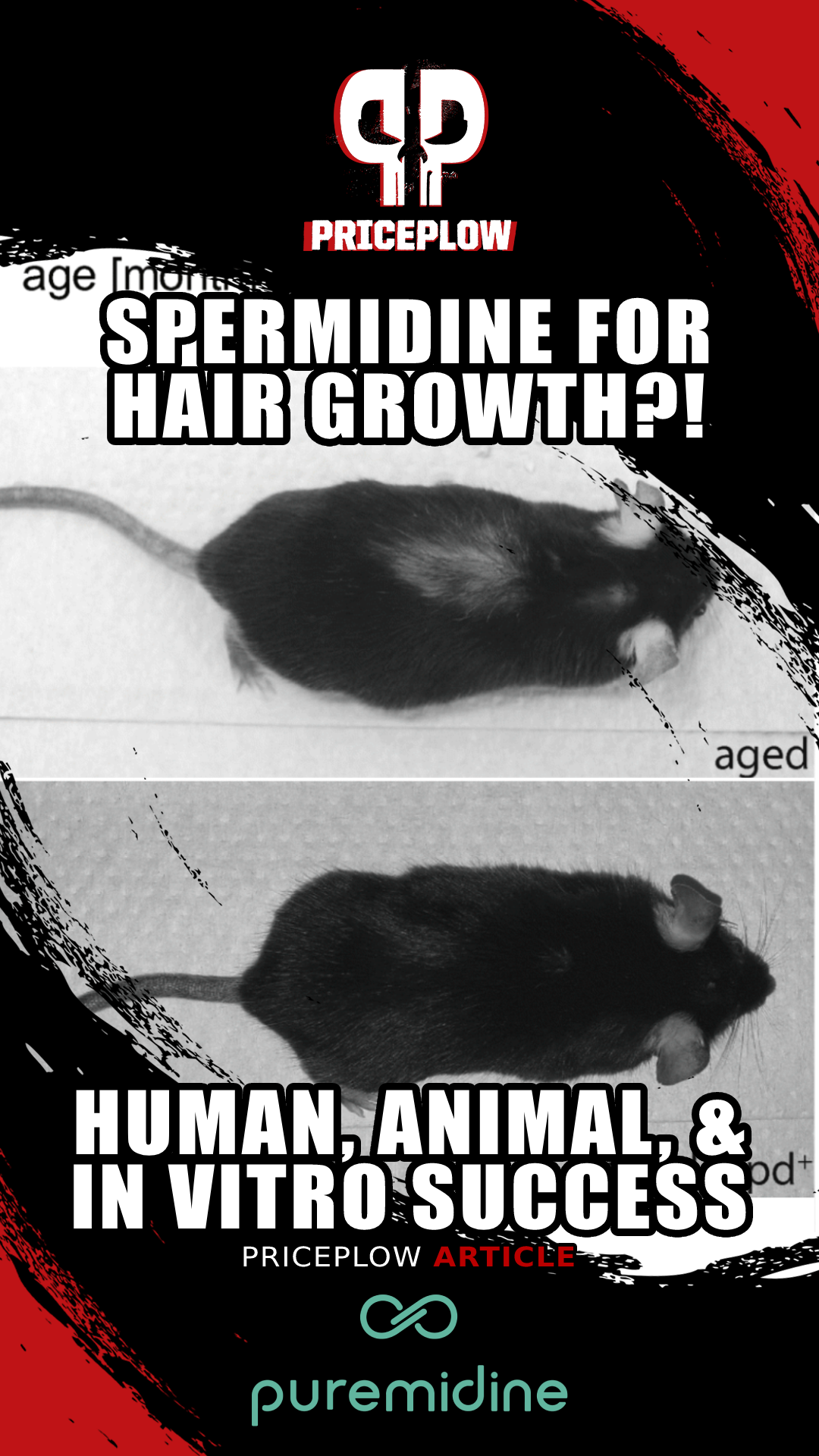
Can spermidine supplementation support more hair growth and reduced hair loss? Research from the trifecta of human, in vitro, and animal research all indicate yes!
Still, in spite of the astronomically high demand for palatable hair loss solutions, they remain largely elusive. So far, as peer-reviewed evidence is concerned, just a handful of pharmaceutical drugs have been shown to have any effect at all, and these are often hated due to the horrific (and sometimes permanent) side effects they can cause.
So, it's pretty exciting when anything shows even a hint of promise when it comes to promoting hair growth.
And that brings us to spermidine.
Spermidine – Hair Growth Supplement Ingredient?
We covered spermidine here on PricePlow back in 2021, in our introductory article titled "What is SPERMIDINE?! Meet the Latest Longevity Ingredient".
In a nutshell, spermidine is a polyamine, a class of organic molecules consisting of more than two amino groups, and characterized by their possession of multiple positive ionic charges. These charges enable the polyamines to bind with negatively charged ionic molecules. This is important because it includes key players in cellular health and homeostasis like proteins, DNA, and RNA.[1]
Background: Spermidine Stimulates Autophagy
Animal studies on spermidine have shown that it stimulates autophagy, your body's process of cellular self-renewal.[2] In autophagy, senescent, dysfunctional cells are broken down and replaced with new, healthy cells. It's well known that autophagy declines with age, and that the consequent accumulation of senescent cells is a major driver in the aging process.
Polyamine synthesis also declines with age,[3] so we can potentially help restore autophagy by supplying our bodies with the required polyamines. Preclinical and in vitro research indicates that this could be the case – yeast, flies, worms, and even human immune cells have been shown to live longer when treated with spermidine,[2] apparently because of spermidine's autophagic effect.
But what about hair and hair follicles?!
Polyamines, Tissue Regeneration, and Hair Growth
Spermidine doesn't just initiate autophagy, though. It also finishes it – polyamine concentrations tend to be high in growing tissues, as in the new issues growing to replace whatever senescent cells autophagy has cleared out.[4,5]
In 2010, researchers published an article titled "Polyamines and hair: a couple in search of perfection",[6] suggesting the following:
"Given that the hair follicle (HF) is one of the most highly proliferative organs in mammalian biology, it is not surprising that polyamines are crucial to HF growth."[6]
Spermidine for Hair Growth: The Research
So, when it comes to hair loss – could taking a polyamine like spermidine help trigger the growth of new hair?
Amazingly, there's peer-reviewed evidence that the answer is yes.
-
In Vitro Study (2011) – Spermidine Stimulates Hair Follicles
The design of this study is straightforward – researchers applied varying concentrations of spermidine to microdissected human hair follicles in vitro. The concentrations used, as you'll see from the inset images, were 0.1, 0.5, and 1.0 micromoles.[7]
Here, "vehicle" refers to non-spermidine-treated HFs. Six days of spermidine administration in vitro caused an increase in hair shaft elongation. a) shows the change in all hair shaft lengths from the start of the experiment to the end of the 6 day study period. b) shows the length of spermidine-treated hair shafts relative to the vehicle. c) shows the distribution of growth phases among the studied hair follicles.[7]
Spermidine administration caused the hair shafts to grow significantly more during the six day study period than the control shafts did.[7] The inset graph speaks for itself – on average, hair shafts treated with a 0.5 micromole concentration of spermidine grew 20% more than the control shafts did.
The anagen phase of follicular activity is when new hair shafts actually grow. In the catagen phase, hair shafts stop growing, and in the telogen phase, they're simply resting in the follicle. Image courtesy of Wikimedia Commons.
Spermidine treatment was also shown to keep a greater proportion of hair follicles in the anagen phase, which isn't too surprising in light of the previous result, since the anagen phase is when hair cells actually divide and replicate to produce hair shaft growth.[7]
Spermidine treatment increased the number of keratinocytes within the hair follicles, relative to the control.[7]
Fluorimetric proliferation assay showed that spermidine treatment increased the number of keratinocytes within the hair follicles. Keratinocytes are responsible for producing keratin, and hair shafts are, after all, made of keratin. So, this is yet another piece of evidence in favor of spermidine as a hair growth tonic.[7]
-
Randomized Controlled Trial (2017) – Spermidine Prolongs Anagen Phase In Humans
In vitro studies are one thing, but actual human evidence is another. So let's turn our attention to a randomized, double-blind, placebo-controlled study carried out six years later.
In this study, researchers harvested 100 hair follicles from 67 men and 33 women. The subjects were then randomized to receive either an oral spermidine supplement or a placebo.[8] You might be wondering how big the dose was – unfortunately we don't know, because the researchers didn't specify, but we've asked them in an email.
However much spermidine it was, the subjects took either the spermidine supplement or the placebo for 90 days. At the end of the study period, 100 hair follicles were harvested from each subject and compared to the follicles collected at the beginning of the study.[8]
90 days of oral spermidine supplementation increased the number of anagen-phase hair follicles by 12.8%, on average.[8]
Compared to the follicles collected at the beginning of the study, there were 12.8% more anagen-phase follicles in the samples taken from the spermidine group.[8]
The researchers also performed a pull test on the subjects. This is pretty much exactly what it sounds like – they tugged on the subjects' hair to see if any came out. Crucially, the hair test was performed at baseline, 3 months, and 6 months – even though, remember, the study period was only 3 months. This was a good test of the spermidine's long-term impact on hair health.
In the pull test, a negative result means no hair came out, while a positive result indicates that hairs did come out. Both groups had negative pull tests at the beginning of the study, but whereas the number of positive results increased through both time intervals, the spermidine group held pretty much constant. No subjects from the spermidine group had a positive pull test at the six-month mark.[8]
-
Animal research (2021) - 6 Months of Spermidine Decreases Age-Induced Hair Loss
A study testing several hallmarks of aging on male mice gave them spermidine-infused water that they could drink ad-libitum for six months compared to placebo.[9]
The researchers found that both groups of mice drank the same amount of water, and there were no adverse effects in the spermidine group.
In the Results section of their paper, the researchers are first to point out the incredible increase in fur recovered from the spermidine group, meaning there was less hair loss as they aged.[9] It's noticeable enough that you can see it in the image below:
The reduction of hair loss in aged mice taking spermidine was so impressive that the researchers focused on this before discussing the other metabolic and organ health improvements![9]
Beyond the reduced hair loss, spermidine:[9]
- Partly ameliorated age-related changes of brain glucose metabolism
- Ameliorated age-related pathologies in the heart, the kidney and the liver
- Protected against telomeres shortening in cardiac tissue
They also gained similar body weight throughout the trial, although the spermidine group's weight loss is a bit less (not significant).[9]
These are all hallmarks of better aging, and it's wild to see that the researchers note less hair loss first in their results over the other benefits, which most would consider to be of incredible importance.
Puremidine – Spermidine from NNB Nutrition
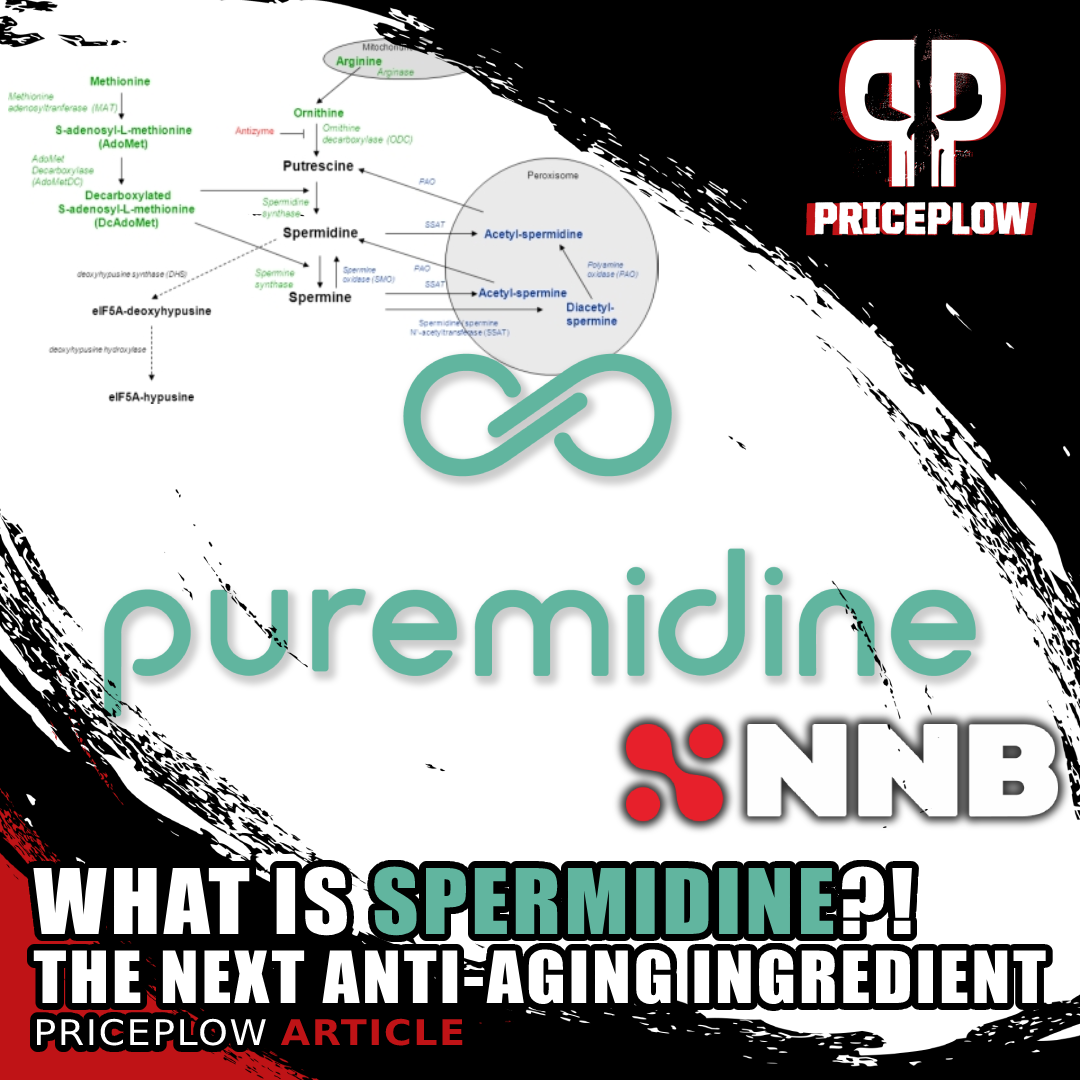
What is Spermidine?! This next-generation anti-aging ingredient is known as a polyamine, and it's now available as NNB Nutrition's Puremidine
Spermidine supplementation remains in its early stages, awaiting further human studies to confirm its potential.
Nevertheless, dietary supplement formulators are getting the jump. Whenever a promising new ingredient emerges, we usually see one particular brand leading the rest of the industry in its adoption -- NNB Nutrition.
True to form, NNB Nutrition is way ahead of the curve. To answer the growing demand for spermidine, they have developed Puremidine, a spermidine ingredient crafted with all the attention to detail we've come to expect from NNB. Puremidine is an untainted, pure, and rigorously tested version of spermidine, offering longevity-enhancing possibilities that synergize effectively with some of their other ingredients.
A gluten-free, high-density spermidine ingredient
Unlike many competing spermidine products, Puremidine is not derived from wheat, meaning it's gluten-free, and does not require multiple pills to achieve the current standard dose of 3.3 milligrams per serving.
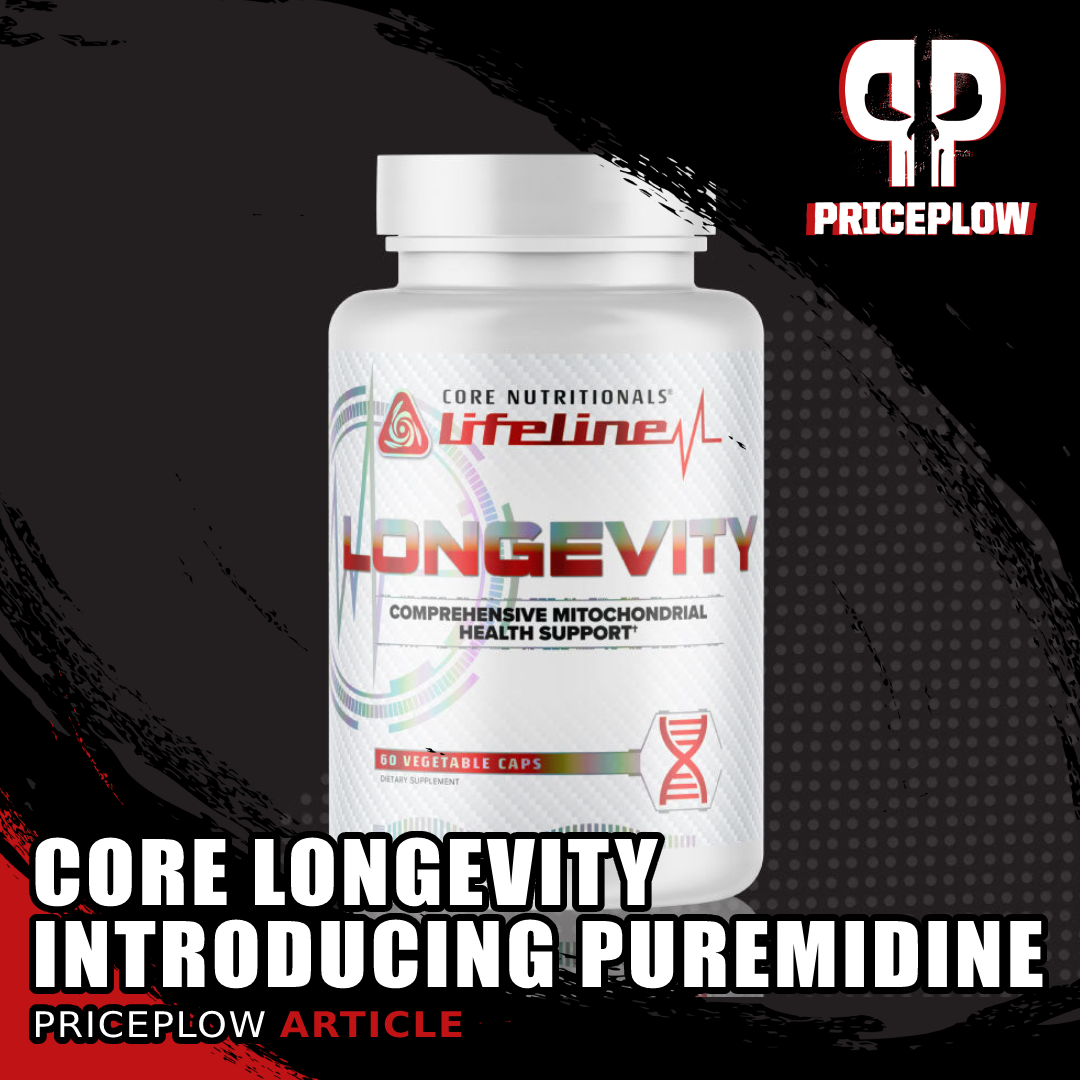
CORE Longevity is a comprehensive mitochondrial health support supplement that's the first to use NNB Nutrition's Puremidine spermidine - with BioNMN!
We've already seen Puremidine used in a couple of supplement formulas. Check out our articles on these products, if you're interested:
- Core LONGEVITY Introduces Mitochondria-Boosting Puremidine
- AstroFlav Collagen Upgraded with Anti-Aging Puremidine
Another great one to try to get your hands on is Flow Supps NMN+, which packs a huge punch combining 3 milligrams of spermidine from Puremidine with an incredible NAD+ boosting NMN and ATP stack, as well as MitoPrime L-ergothioneine from NNB Nutrition.
Consider stacking with Collagen
And on the topic of collagen (regarding AstroFlav Collagen linked above), there's research suggesting that "collagen VI could be a potential therapeutic target for hair loss and other skin-related diseases", so consider stacking that in as well![10] Since so many of us aren't getting enough of the amino acids in collagen, adding it makes sense for multiple reasons anyway.
Spermidine and Hair: A Perfect Polyamine Match for Growth
When talking about spermidine, too many experts and influencers only talk about half of the puzzle. Autophagy isn't just about clearing out old cells - it's also about growing new ones in their place!
Yet even without full understanding of the process, autophagy has been a hot topic in recent years, and for good reason – it seems to be a biochemical fountain of youth. So long as autophagy is functioning properly, aging is slower, energy levels are higher, and apparently, hair grows faster.
Lifestyle strategies to induce autophagy include fasting, exercise, and caloric restriction,[12,13] but compliance with these can be tough for many.
The search continues, then, for autophagy in a pill, and spermidine seems like it might fit the bill. At a minimum, it could have a great impact on your hairline.
You can sign up for our news alerts on NNB Nutrition and Puremidine below:


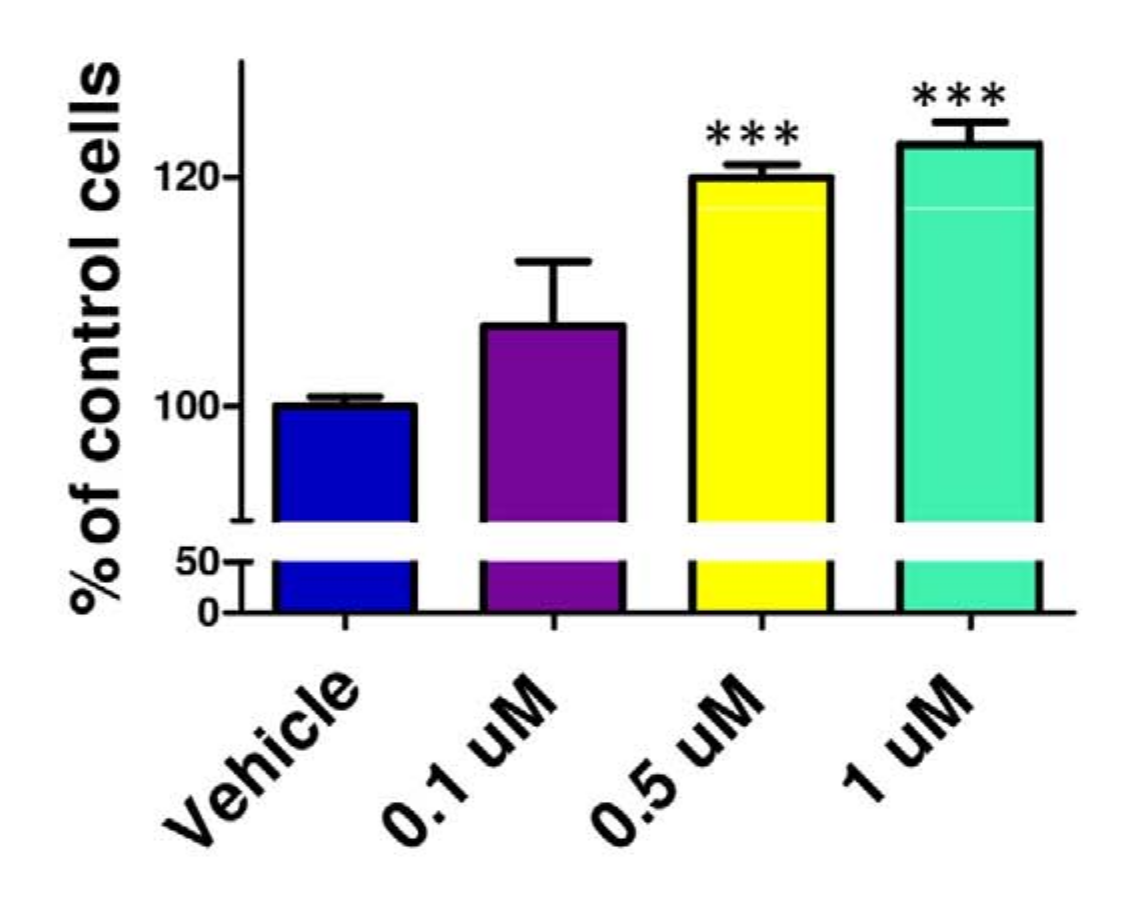


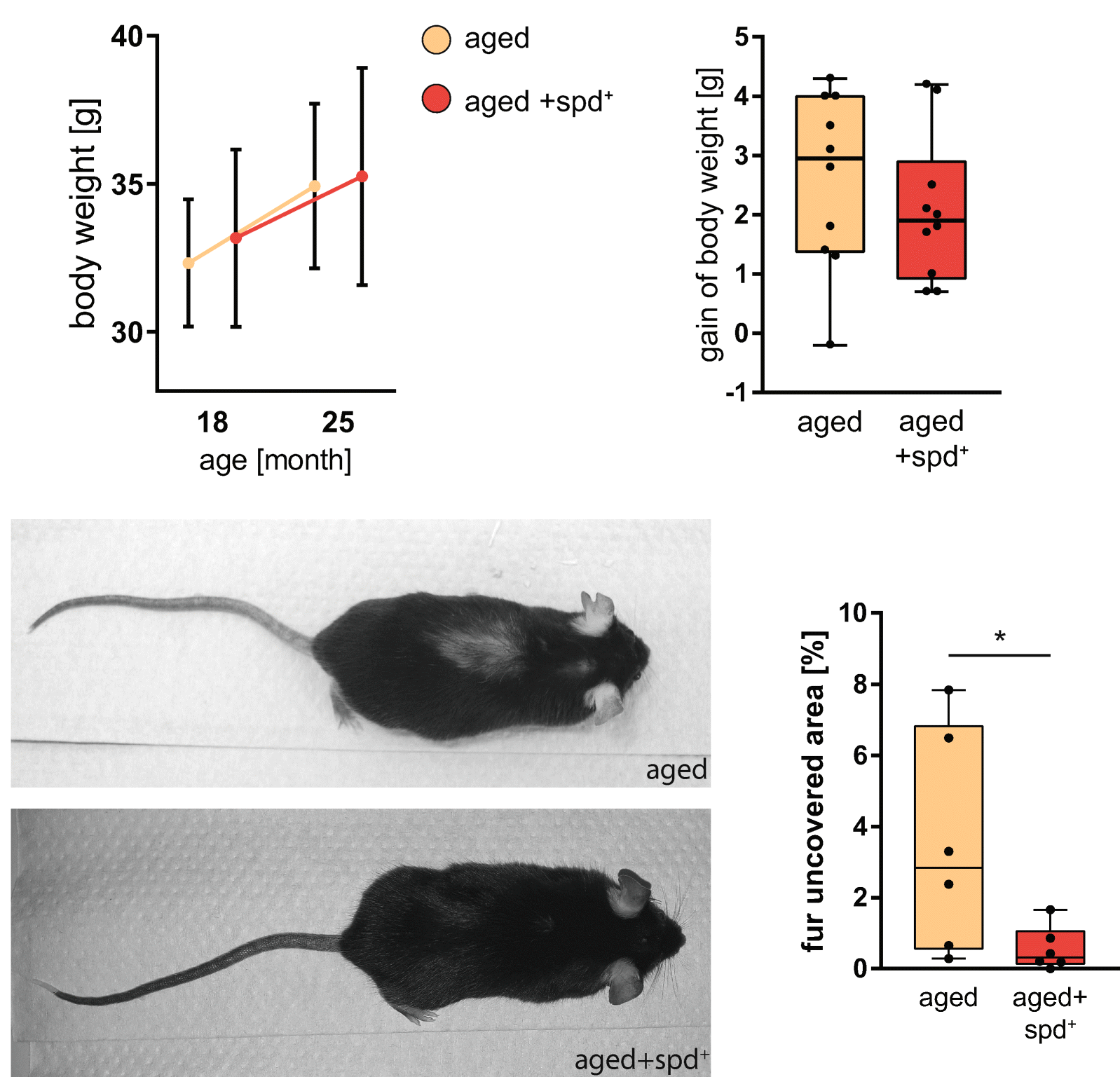
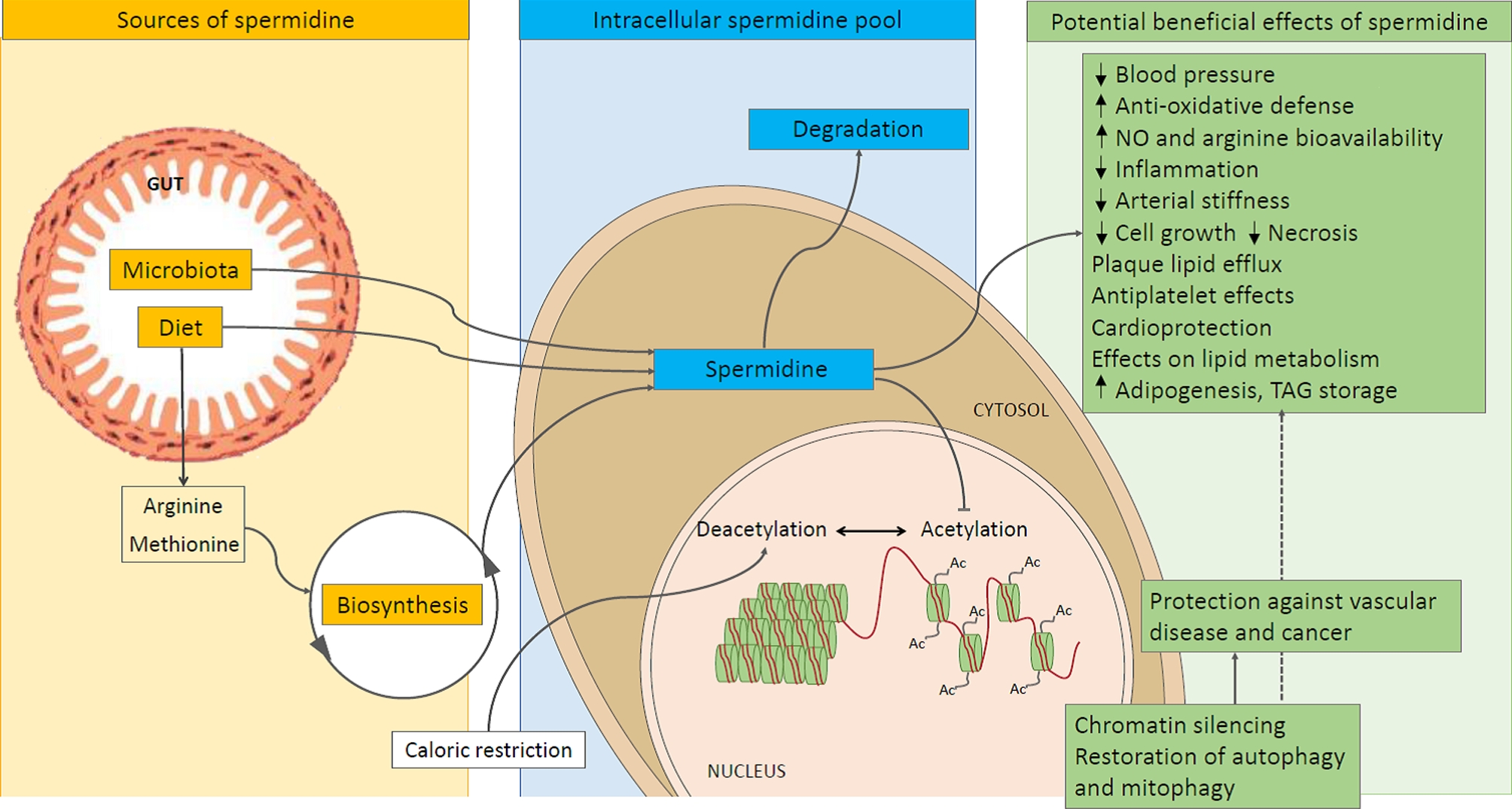


Comments and Discussion (Powered by the PricePlow Forum)